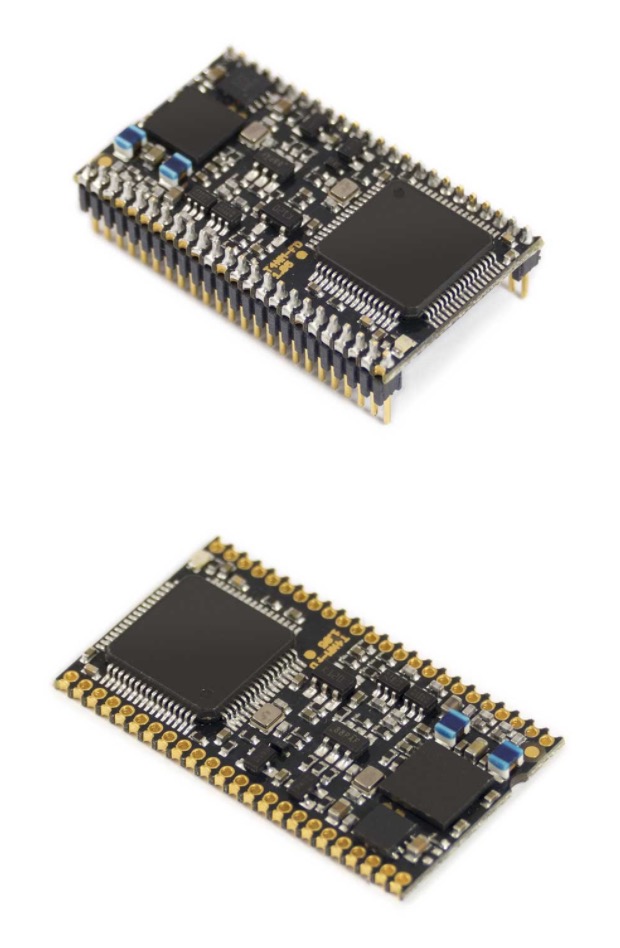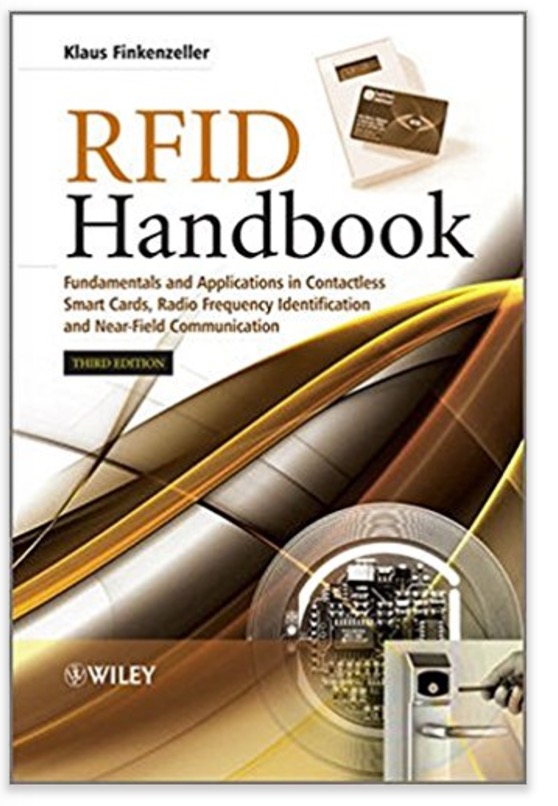Recent Posts
Family Of Transponder Readers And Writers Supports CAN Bus, USB, I2C, SPI, UART
Posted by on

The TWN4 MultiTech Nano RFID modules are also fully TWN technology compliant RFID readers. Their miniature size and low energy consumption allows for integration in smaller battery powered consumer devices like tablet PCs, POS terminals, mobile payment systems, etc.
The TWN4 Multitech Nano is a device for reading and writing RFID transponders. The optional I/O extender unit enables to connect the unit to CAN Bus networks.
The product can communicate with a number of transponder types in the frequency ranges of 125 kHz, 134,2 kHz, and 13,56 MHz. It provides peripherals (low-/high-frequency antennas, SAM card slots) needed to test the core functionalities.
Besides the ready-to-use interfaces (USB and UART), it can be connected to CAN networks by means of the I/O extender. Furthermore an LCD graphic display (over SPI interface) is contained.
Besides development boards, the supplier offers RFID transponder modules, which can be integrated into machines and devices. They can be connected to an external antenna through printed circuit board.
These units come with optional CAN Bus connectivity and feature eight general-purpose I/O ports.
Features
- Supports TWN MultiTech underlying technology
- Compliance to EMV contactless protocol specification
- With the components mounted to one side, it facilitates easy placement on the main circuit board
- Size 31 x 17.8 x 2.5 mm
- Development board and I/0 Extender for interface testing on request
RFID Handbook: Fundamentals and Applications in Contactless Smart Cards, Radio Frequency Identification and Near-Field Communication
This essential new edition contains information on electronic product code (EPC) and the EPC global network, and explains near-field communication (NFC) in depth. It includes revisions on chapters devoted to the physical principles of RFID systems and microprocessors, and supplies up-to-date details on relevant standards and regulations.
Taking into account critical modern concerns, this handbook provides the latest information on:
- the use of RFID in ticketing and electronic passports;
- the security of RFID systems, explaining attacks on RFID systems and other security matters, such as transponder emulation and cloning, defence using cryptographic methods, and electronic article surveillance;
- frequency ranges and radio licensing regulations.
The text explores schematic circuits of simple transponders and readers, and includes new material on active and passive transponders, ISO/IEC 18000 family, ISO/IEC 15691 and 15692. It also describes the technical limits of RFID systems.
A unique resource offering a complete overview of the large and varied world of RFID, Klaus Finkenzeller’s volume is useful for end-users of the technology as well as practitioners in auto ID and IT designers of RFID products. Computer and electronics engineers in security system development, microchip designers, and materials handling specialists benefit from this book, as do automation, industrial and transport engineers. Clear and thorough explanations also make this an excellent introduction to the topic for graduate level students in electronics and industrial engineering design.
 Loading... Please wait...
Loading... Please wait...

